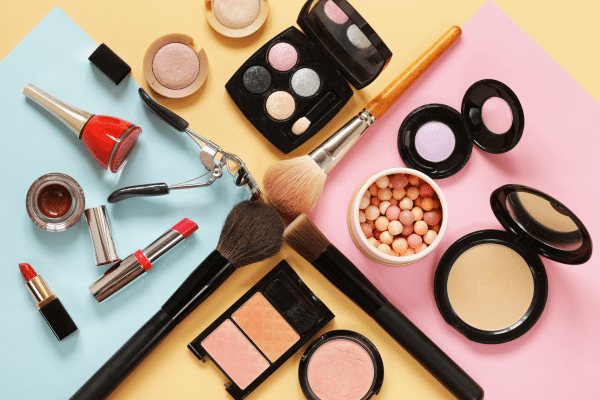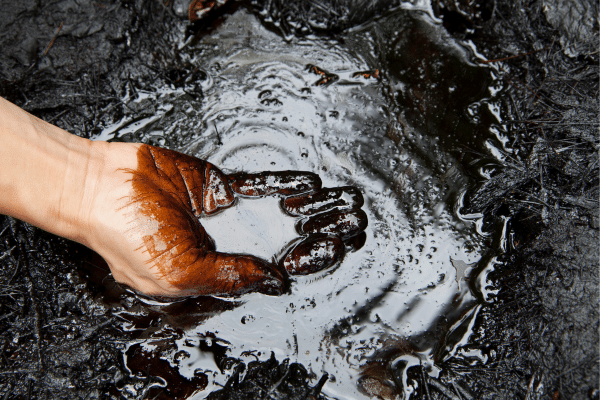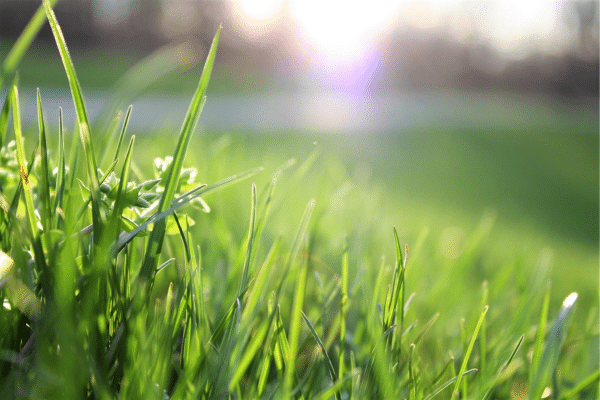Stains are an unavoidable part of life. From an accidental wine spill during a dinner party to the mascara smudge after a tearful movie, these blemishes often leave you frustrated and scrambling for solutions. Thankfully, understanding the nature of the stain and the best methods for its removal can save both time and treasured possessions. This guide delves into the techniques and remedies for tackling some of the most common culprits, ensuring that garments and surfaces remain pristine and vibrant.
Wine

Red wine is a delightful companion to a meal but a dreaded foe to fabrics. The rich pigments that give wine its deep hue are also responsible for the notoriously challenging stains it can leave behind. Immediate action is crucial; blotting the spill gently without rubbing can prevent it from setting. Many swear by the efficacy of club soda, while others turn to salt or baking soda as absorbent solutions. Household items like hydrogen peroxide combined with dish soap have also proven to be champions against wine stains, especially when employed promptly.
While an immediate response to a wine spill is ideal, sometimes it’s just not feasible. For those moments when the stain has settled and dried, fear not. Soaking the affected garment in a mixture of warm water and salt can often loosen the residue. Following this, a targeted application of a trusted stain remover before washing can lead to optimal results. For delicate fabrics, consulting a professional dry cleaner with experience in wine stain removal might be the best course of action.
Makeup

Makeup, while a marvel for enhancing natural beauty, can become a cleaning nightmare when it lands anywhere other than the intended face. The vast world of cosmetics, from long-wear foundations to waterproof mascaras, means a one-size-fits-all removal approach simply won’t suffice. Oil-based makeup removers, for instance, are adept at breaking down substances like lipstick or foundation. Blotting, rather than rubbing, ensures the stain doesn’t further penetrate the fabric.
Mascara and eyeliner, especially the waterproof varieties, have their own set of challenges. A dab of alcohol-free hair spray on the stain before washing can be a secret weapon in these situations. For powder-based spills, such as eyeshadows or blushes, shaking off as much of the powder as possible before gently using a mixture of liquid detergent and water can do wonders. Always remember to check the stained area after washing and before drying, as heat can set the stain permanently.
Ink

Ink, whether from a leaky pen or an accidental brush of a marker, has a pesky way of leaving its mark, especially on clothes. The diverse range of ink types, from ballpoint to gel, means each stain might need a tailored approach. For ballpoint ink, a dab of rubbing alcohol on a cloth can be applied to the stain, working from the outside in to prevent the stain from spreading. Gel ink, on the other hand, often requires specialized stain removers due to its thick consistency.
Fountain pen inks, primarily water-based, can be a bit easier to tackle. Cold water rinsing is an initial approach. Gently applying a mixture of salt and lemon juice to the stain can be effective, given the acid’s natural bleaching properties. Remember, regardless of the ink type, it’s vital to treat the stain as soon as possible. Rinse and repeat the treatment if needed, always checking the stain before drying the fabric.
Oil And Grease

Few stains cause as much dread as oil and grease, notorious for their resilience and persistence. These hydrophobic substances repel water, adhering strongly to fibers, making them particularly tricky. Immediate action can save a lot of heartache. Talcum powder or cornstarch acts as a great absorbent, drawing out the oil when sprinkled onto the stain and left for a few hours.
Once the powder has done its job, brushing it off gently and then treating the stain with a few drops of liquid dish detergent — which is designed to combat grease — can be effective. Rubbing the detergent gently on the stain and rinsing it with warm water can often yield positive results. For stubborn or older oil stains, it might be necessary to repeat this process or even seek the help of a professional cleaner.
Coffee

A morning without coffee is unimaginable for many, but spills are all too common in the rush of the day. The tannins in coffee give it its color but also contribute to its staining potential. Acting quickly can prevent a permanent blemish. Blotting the spill immediately, without rubbing, can prevent deeper penetration into the fabric. Following this up by rinsing the stain with cold water, from the back of the stain to push it out, can be quite effective.
For dried coffee stains, a pre-soak in a solution of warm water, liquid detergent, and a touch of white vinegar for about 15 minutes can prepare the fabric for washing. Then, wash the garment as usual, but avoid drying until certain the stain is completely gone. For more delicate fabrics or large, stubborn spills, consider seeking a professional’s advice or services.
Blood

Blood stains, whether from a minor cut or a nosebleed, can be startling and challenging to handle. The protein in blood can cause it to bind strongly to fabrics, especially when exposed to heat. It’s crucial to use cold water when treating fresh blood stains, as hot water can cause the protein to set. Gently blotting the stain with a cloth soaked in cold saltwater or hydrogen peroxide can effectively break down the stain’s components.
For dried blood stains, rehydration is the key. Soak the stained fabric in a mixture of cold water and a small amount of salt. After several hours, scrubbing the stain gently with a soft toothbrush can help lift it from the fabric. A drop of dish detergent or shampoo, known to combat protein-based stains, can also be beneficial. After treatment, wash the fabric in cold water, ensuring the stain is gone before any drying.
Grass

Grass stains, a testament to outdoor fun and games, can be a laundry nightmare. The chlorophyll in grass gives it that vibrant green hue, but it’s also the culprit behind those stubborn stains. As with most stains, acting quickly can make a world of difference. Gently blotting (not rubbing) the stain and then rinsing it with cold water can prevent it from setting deep within the fabric’s fibers.
A solution of warm water and white vinegar, in equal parts, serves as an effective pre-treatment for grass stains. After letting the garment soak for about 30 minutes, apply a dab of liquid detergent directly to the stain and scrub gently. Rinse and wash as usual, making sure the stain has disappeared before exposing the fabric to the heat of a dryer.
The Bottom Line
Stains are an integral part of life’s experiences, reflecting moments of joy, accidents, and daily challenges. While they can be daunting, understanding the nature and cause of each stain offers a roadmap to effectively combating them. With the right knowledge, tools, and a bit of patience, maintaining the brilliance and longevity of cherished garments and surfaces becomes a more achievable task. Whether it’s the reminiscence of a picnic in the form of a grass stain or a memory of a morning rush via a coffee spill, each stain has a story and, fortunately, a solution.



